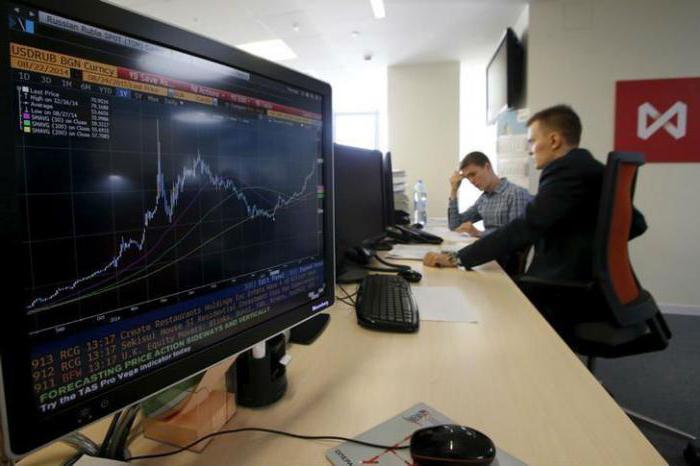The RTS and MICEX indices have become an integral part of the history of the development of the Russian economy. They allow you to determine the mood prevailing in the stock market of the country. The values of these indicators, broadcast in real time by the Moscow Exchange, attract everyone's attention.
General concept of stock index
Investors, financial analysts and portfolio managers need a simple and understandable indicator that assesses the current state of the stock market. As such an indicator, stock indices are used. They are calculated based on quotes of a certain group of securities. Stock indices usually include the most liquid stocks listed on exchanges by large and influential companies. The values of these indicators give an idea of the general condition of financial markets and national economies. The first ever stock index was developed in the USA at the end of the 19th century. Its name is known even to people far from the economy. The famous Dow Jones index includes shares of the 30 largest US companies. Today, the S&P news agency continues to count and publish its value.
History of the Moscow Exchange
The first stock exchanges in Russia were created in the early 90s. The largest bidders were two exchanges, known by the abbreviations MICEX and RTS. They developed in parallel. The MICEX (Moscow Interbank Currency Exchange), in addition to activities directly stemming from its name, has become the country's largest stock market operator. RTS (Russian Trading System) has become a leader in the volume of derivative financial instruments (futures and options contracts).
As a result of the merger in 2011, the two largest sites formed a single holding, called the Moscow Exchange. RTS and MICEX stock indices are the main indicators of the domestic stock market. The Moscow Exchange organizes trading based on the principle of automatic quotation without artificially established difference between supply and demand prices.
Description
The RTS and MICEX indices reflect in general terms the capitalization of the Russian stock market. In other words, they give an idea of how much money investors value free-floating liquid stocks. The RTS and MICEX indices have a number of differences. Firstly, they are calculated in different currencies. The value of the RTS index is expressed in US dollars. One base point is $ 2. The MICEX index is calculated in Russian currency. One base point is 100 rubles. The second difference is the list of issuers (companies that have placed their securities on the exchange). RTS is considered the so-called broad market index. This means that it includes the maximum number of issuers representing all sectors of the economy. Representativeness has its drawbacks: the list of RTS index includes 50 shares, about 50% of them are practically illiquid. The MICEX Exchange has chosen the so-called blue chips (the largest, most reliable and stable companies). Her "basket" consists of 30 issuers. The dynamics of the MICEX index reflects the volatility of securities of leading companies in the energy and banking sectors. It is worth noting that in the Russian market no more than ten shares can be classified as highly liquid. RTS and MICEX indices are calculated every second during the trading session. Lists of issuers are reviewed every quarter.

Dynamics
The ups and downs of the Russian economy are reflected on the stock exchanges of the RTS and MICEX. Indices and quotes reached their minimum values during times of severe crisis. Periods of economic growth led to bursts of optimism in the securities market and the establishment of new historical highs.